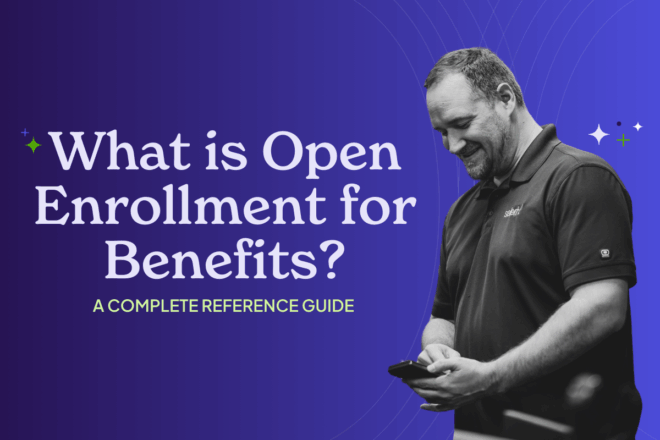
21st November 2023
Research: Employee Expectations Set to Rise in 2024

The 2024 Employee Experience Trends Report from Qualtrics highlights rising employee expectations, with new hires showing lower engagement and well-being compared to tenured employees. About 39% of employees with less than six months at a company plan to leave within the next year, a six-point increase from the previous year. Career growth is a key driver of engagement, but new hires are less likely to believe their career goals can be met. Hybrid work arrangements lead to higher engagement, intent to stay, and well-being. Organizations must focus on flexibility, improve communication, and build trust when incorporating AI into the workplace.
From the article written by Maggie Mancini and published in HR Today:
Employee expectations will be higher than ever in 2024, and employees want to have a voice when it comes to building a workplace experience that addresses their needs, according to the 2024 Employee Experience Trends Report from Qualtrics.
New hires show lower levels of engagement and well-being compared with more tenured employees. The novelty of a new job is no longer enough to ensure that newer employees stay engaged for the first six months.
Approximately 39% of all employees who have been with a company for less than six months plan to leave within the next 12 months, a six-point increase from last year.
“We found that 50% of global HR executives say that talent attraction and hiring is a priority, but only 41% say the same for onboarding,” says Dr. Benjamin Granger, chief workplace psychologist at Qualtrics. “These early months are when employees are making their first impressions of a company, and first impressions are really difficult to change. Put simply, HR leaders should invest time and resources to ensure that there is a common thread woven across the talent attraction, talent selection, and new hire onboarding processes.”
One area for improvement is career growth, which is among the top drivers of engagement. New hires are less likely to believe their career goals can be met and have conversations about their development than the global average.
As the debate continues over how many days employees should spend in the office, research shows that key indicators of a positive employee experience are highest for employees with hybrid work schedules. Employees in hybrid working arrangements have the highest levels of engagement, intent to stay, and feelings of well-being in comparison to employees who work in the office and those who are remote.
“From the perspective of employees, hybrid work seems to be a good compromise, as our data shows,” Granger says. “But it’s important to note that there isn’t a one-size-fits-all solution. Leaders must understand the needs of their employees and focus on the broader expectation and need for flexibility. Workplace flexibility is not just about where work gets done. Our research has shown that many employees prioritize when work gets done as well as how it gets done and measured in the overall umbrella of workplace flexibility.”
Granger adds that companies need to understand the needs of their own workforces. Some employees have quiet at-home workspaces and may feel more productive at home, while others may feel more productive in the office. Granger says companies should be intentional about bringing people into the office, focusing on collaboration and engagement.
Employees are comfortable with their employer listening passively to work emails, work processes, virtual meeting transcripts, and chat messages to improve their experience. They are less comfortable with organizations using social media posts, whether anonymously or not — just 41% of workers are comfortable with social media being used.
This comfort may reflect dissatisfaction among workers: 48% of individual contributors feel that their organization responds to employee feedback, while 86% of top-level leaders believe they do.
Read the full article to find out what leaders can do to improve employee trust.





